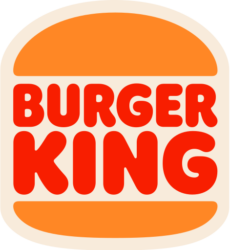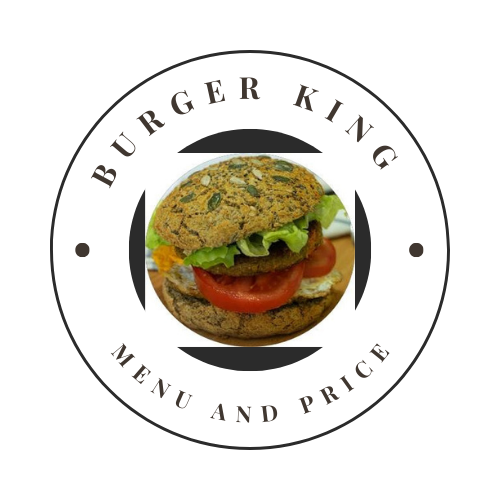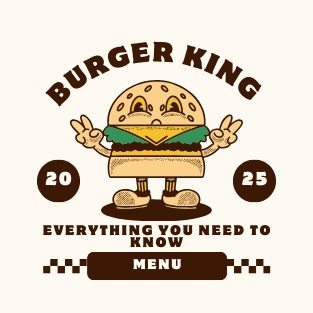Why Metallic Frames Enhance Visual Appeal in Modern Designs #2
1. Introduction: The Role of Aesthetics in Modern Design
In contemporary design, visual appeal is a vital element that influences how audiences perceive and engage with products, architecture, and digital interfaces. Aesthetics go beyond mere functionality, shaping emotional responses and establishing brand identity. Central to this visual language is the concept of framing—how elements are bordered or enclosed—and the materials chosen for these frames, which can dramatically alter perception. Among various options, metallic frames have surged in popularity due to their sleek, modern look and versatile qualities.
2. Understanding Metallic Frames: Materials and Characteristics
Metallic frames are crafted from a variety of metals, each offering distinct visual and functional qualities. Common materials include aluminum, valued for its lightweight nature and corrosion resistance; stainless steel, known for strength and a polished appearance; and brass or bronze, which provide warmer tones and a vintage feel. These metals share characteristic features such as a sheen that can be matte, satin, or high-gloss, as well as textures ranging from smooth to intricately patterned.
Compared to traditional wood or plastic frames, metallic options offer superior durability and a contemporary aesthetic. Metal frames resist warping, fading, and damage over time, making them ideal for both decorative and functional applications.
3. The Psychological Impact of Metallic Elements in Design
The use of metallic surfaces in design evokes strong psychological associations. Metals like silver, gold, and chrome are linked to feelings of modernity, sophistication, and stability. Such finishes often convey a sense of high value, quality, and exclusivity, influencing consumer perceptions and reinforcing brand prestige.
For example, gold-colored metallic frames are frequently used in luxury branding to evoke wealth and success, while chrome finishes in tech gadgets suggest innovation and cutting-edge technology. These associations are supported by psychological research indicating that metallic surfaces can enhance perceptions of trustworthiness and professionalism.
4. Metallic Frames in Visual Composition: Enhancing Focus and Depth
In visual design, metallic borders serve as powerful tools to direct viewer attention. Their reflective qualities and sharp outlines create natural contrast against matte backgrounds or colorful elements, emphasizing key parts of a composition. For instance, in advertising, metallic framing around product images draws focus, making the product stand out more prominently.
Additionally, metallic frames add a sense of depth and dimension to flat designs, making elements appear more tactile and engaging. This technique is often employed in product packaging, where a metallic border can elevate the perceived value of the item and guide consumer focus effectively.
5. Modern Examples of Metallic Frames in Design
Metallic frames are increasingly visible across various design fields:
- Architectural applications: Building facades often feature metallic cladding or framing that reflects light and creates a sleek, contemporary appearance. Interior accents like metallic wall trims and ceiling fixtures also enhance spatial aesthetics.
- Digital interfaces: User interface elements such as buttons, menus, and borders frequently incorporate metallic finishes to evoke a high-tech, premium feel. These subtle touches improve user experience by adding sophistication and clarity.
- Artistic works: Contemporary artists utilize metallic frames to highlight their pieces, creating a visual dialogue between artwork and frame that enhances overall impact.
For example, the gemtrio uk showcases modern design principles, including the strategic use of metallic framing, illustrating how timeless concepts adapt to current aesthetic trends.
6. The Intersection of Metallic Frames and Iconography in Gaming and Symbols
Metallic frames are frequently used in gaming and branding to emphasize symbols or icons of importance. For example, in game interfaces, badges or icons like the Gem Trio are often enclosed within metallic borders to indicate rarity or significance, enhancing perceived value. This visual cue helps players and consumers associate metallic framing with prestige and trustworthiness.
Moreover, symbols such as the BAR or the use of red in gaming contexts are often accentuated with metallic outlines, reinforcing their importance and increasing visual impact. Such design choices leverage the psychological effect of metallic finishes to create a sense of durability and high quality.
“Metallic framing in iconography not only highlights key symbols but also communicates reliability and value to the viewer.”
7. The Gem Trio as a Modern Illustration of Design Principles
The Gem Trio exemplifies how modern design integrates timeless principles with innovative aesthetics. Featuring metallic framing around its icons, the Gem Trio elevates its visual appeal by creating a striking contrast and emphasizing its core elements. This approach draws consumer attention and fosters a perception of premium quality.
Such design choices—combining metallic borders with vibrant colors—are proven to attract interest and enhance memorability. The Gem Trio’s use of metallic framing demonstrates how a simple yet thoughtful application of materials can significantly influence consumer perception and brand identity.
8. Non-Obvious Factors: Cultural and Historical Dimensions of Metallic Frames
| Aspect | Description |
|---|---|
| Historical evolution | Metallic framing has roots in classical art and architecture, where gilded frames and metal accents signified wealth and importance. |
| Cultural significance | Across societies, metallic colors carry symbolic meanings: gold for prosperity, silver for purity, and bronze for endurance, influencing modern aesthetic choices. |
| Modern influence | These cultural and historical layers inform contemporary preferences, making metallic framing a bridge between tradition and innovation. |
Understanding these dimensions enriches designers’ capacity to create culturally resonant and historically informed visuals, ensuring metallic frames remain relevant and impactful.
9. Future Trends: Innovations and Emerging Uses of Metallic Frames
The future of metallic framing is shaped by technological and material innovations. Developments include sustainable metals such as recycled aluminum and environmentally friendly coatings that reduce ecological impact. These advances align with growing sustainability trends in design.
Furthermore, integration with digital technology—such as augmented reality (AR)—allows for dynamic metallic effects that can change in real-time, opening new avenues for interactive and immersive experiences.
As aesthetic values evolve, we may see a shift toward mixed-material frames that combine metallic surfaces with other textures, creating complex visual effects. These innovations promise to keep metallic frames at the forefront of design innovation.
10. Conclusion: The Enduring Appeal of Metallic Frames in Modern Design
Metallic frames continue to be a powerful design element that enhances visual perception by adding depth, focus, and a sense of sophistication. Their ability to evoke feelings of luxury, stability, and modernity makes them indispensable in both physical and digital contexts.
Thoughtful framing choices—such as selecting the right metal type, finish, and application—are crucial for effective design. As demonstrated through examples like the gemtrio uk, innovative use of metallic framing can attract consumer interest and elevate brand identity.
“The enduring allure of metallic frames lies in their versatility and ability to communicate quality, stability, and modern elegance—qualities that remain timeless in design.”



